

Research Areas
Multiphysics Computational Techniques
Coupled with insightful analyses through modern tools of nonlinear dynamics and reduced-order modeling, computational techniques based on the sharp-interface immersed-boundary method (SI-IBM) and nonlinear finite-element methods (NL-FEM) constitute the foundational tools that I use to model and design next-generation energy systems. Supported by high-performance computing, their real strength lies in their ability to handle complex-shaped bodies and their thermal, acoustic, and structural interactions with surrounding fluids. I have used these tools to build a robust research program with the central inspiring theme of developing novel computational techniques to solve multiphysics energy harvesting systems
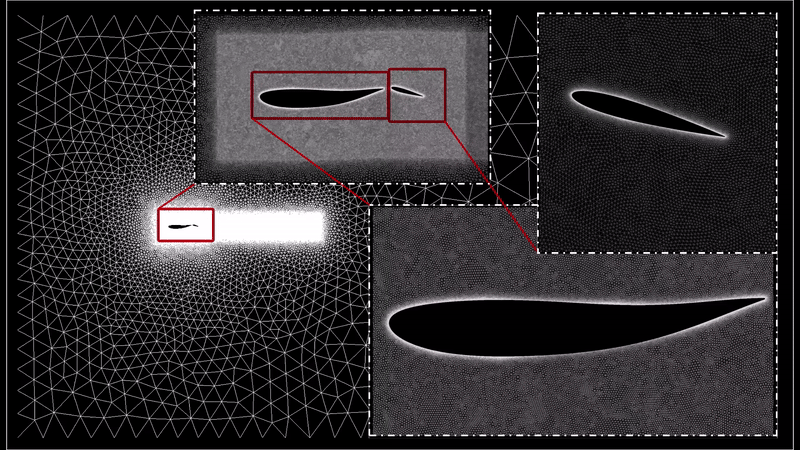
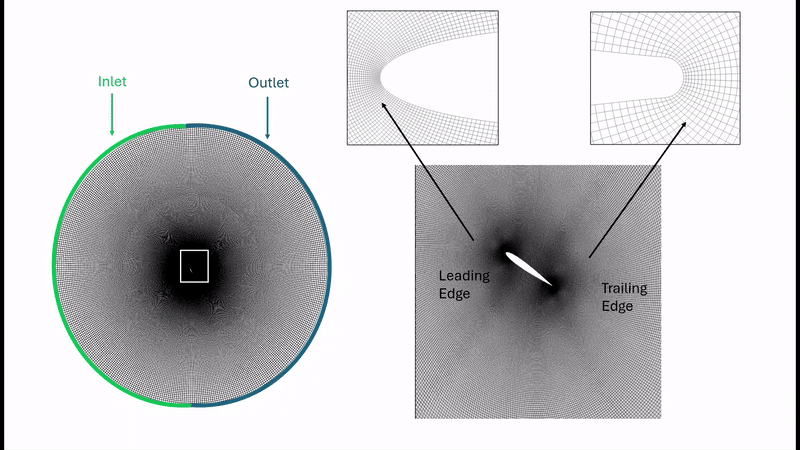

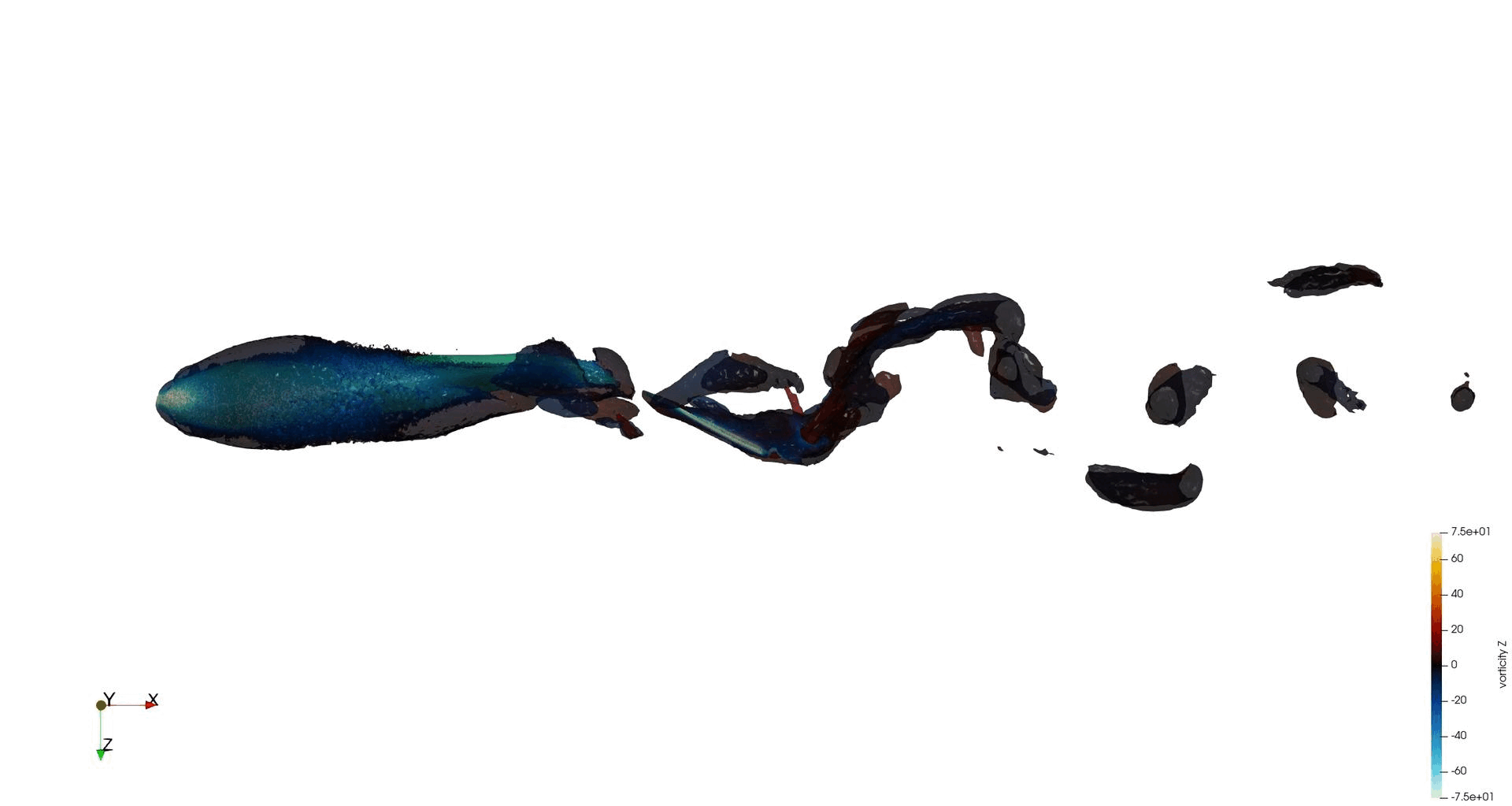
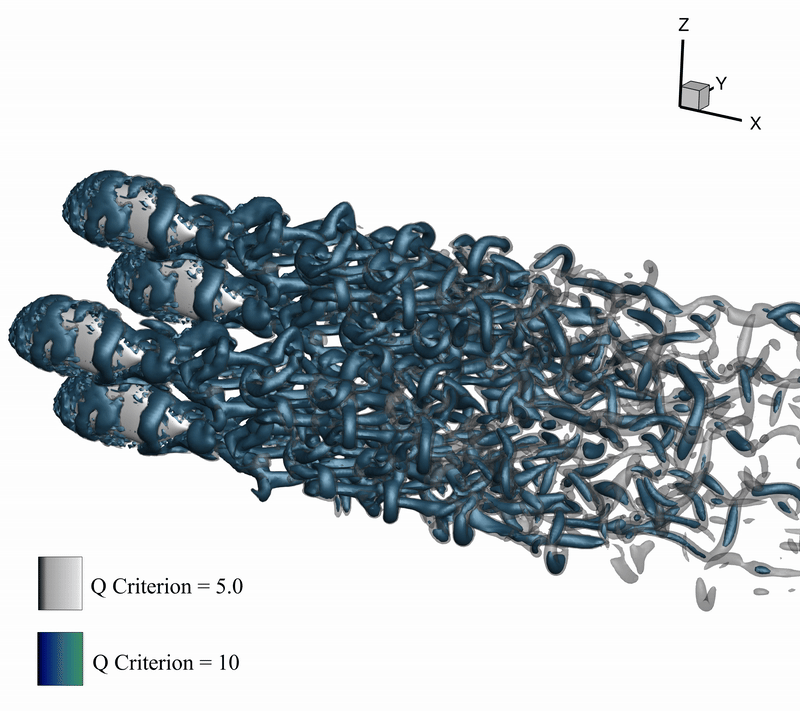
Bio-inspired Propulsion & Sensing
To develop efficient bioinspired flying robots, we need a deeper understanding of how birds and insect utilize their wings to produce the required lift and thrust forces. My work focuses on the contribution of various kinematic modes of the oscillating wings; such as pitching and plunging (heaving), towards the generation of aerodynamic forces. We also study the role of different mechanisms, including added-mass effect, vortex-body interaction and vortex-vortex interaction, to help the birds lift and propel themselves.
Because of their flexibility and agility, fishes are the most investigated natural swimming specie. These studies leads us to mimic their motion and to develop better propulsion techniques for under-water vehicles. We also simulate fish schooling configurations to examine the extent of drafting and inverse-drafting that make it easier for fishes to swim in the form of groups. Moreover, we quantified the impact of fluid flow and body kinematic parameters on the flow noise produced by vortex shedding and the growth of hydrodynamic instability in the vicinity of the swimmer. This study will help us extract the features responsible for the emission of flow noise and those governing the directivity of the sound. Recently, we have also started working on exploring the possibility of energy harvesting from the oscillatory motion of a fish.
Non-linear Dynamics
Coupled with insightful analyses through modern tools of nonlinear dynamics and reduced-order modeling, computational techniques based on the sharp-interface immersed-boundary method (SI-IBM) and nonlinear finite-element methods (NL-FEM) constitute the foundational tools that I use to model and design next-generation energy systems. Supported by high-performance computing, their real strength lies in their ability to handle complex-shaped bodies and their thermal, acoustic, and structural interactions with surrounding fluids. I have used these tools to build a robust research program with the central inspiring theme of developing novel computational techniques to solve multiphysics energy harvesting systems
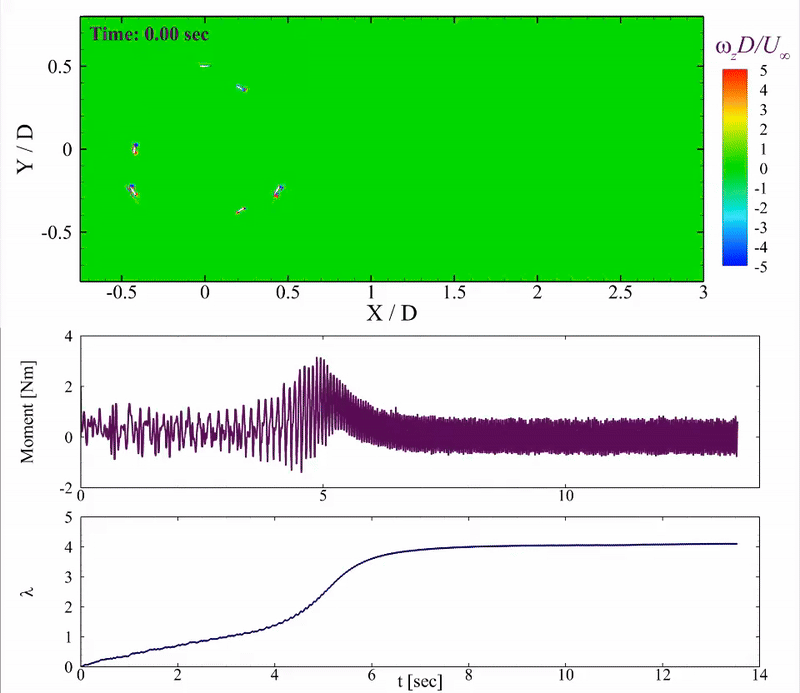
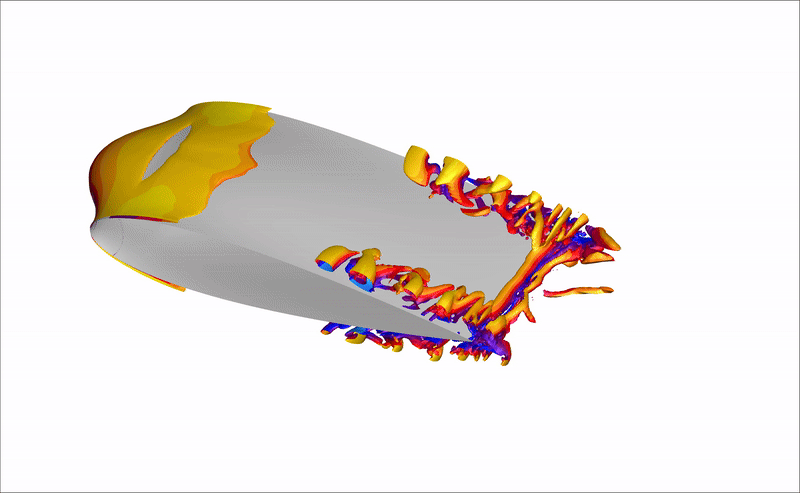
Wind & Hydrokinetic Energy
To develop efficient bioinspired flying robots, we need a deeper understanding of how birds and insect utilize their wings to produce the required lift and thrust forces. My work focuses on the contribution of various kinematic modes of the oscillating wings; such as pitching and plunging (heaving), towards the generation of aerodynamic forces. We also study the role of different mechanisms, including added-mass effect, vortex-body interaction and vortex-vortex interaction, to help the birds lift and propel themselves.
Because of their flexibility and agility, fishes are the most investigated natural swimming specie. These studies leads us to mimic their motion and to develop better propulsion techniques for under-water vehicles. We also simulate fish schooling configurations to examine the extent of drafting and inverse-drafting that make it easier for fishes to swim in the form of groups. Moreover, we quantified the impact of fluid flow and body kinematic parameters on the flow noise produced by vortex shedding and the growth of hydrodynamic instability in the vicinity of the swimmer. This study will help us extract the features responsible for the emission of flow noise and those governing the directivity of the sound. Recently, we have also started working on exploring the possibility of energy harvesting from the oscillatory motion of a fish.
Research Collaboration

Research Funding Acknowledgements





